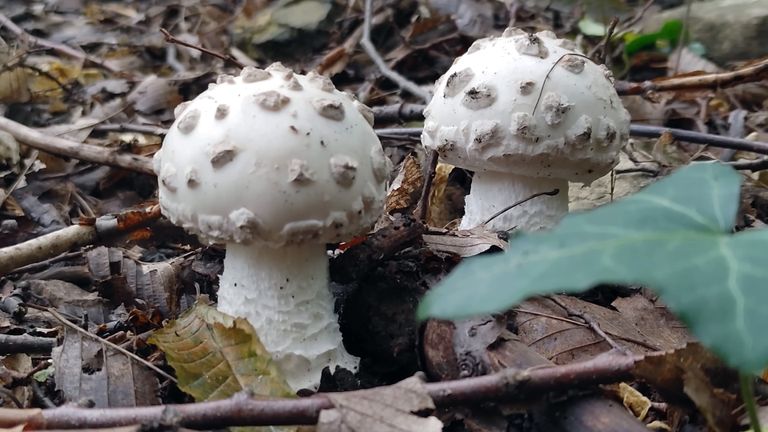
July is the time when some edible species of mushrooms appear despite the summer heat. They like shady forests, where the litter, despite the fact that it is hot, maintains sufficient humidity due to the morning dew that undemanding and thermophilic species of mushrooms can grow on it.


Warted amanita
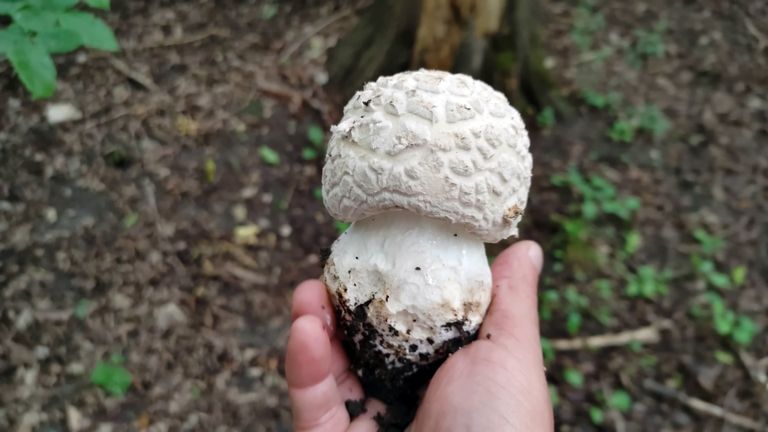
One of such species of fungi is the cone toadstool. A controversial species when it comes to culinary applications, because most people associate the toadstool with a deadly poisonous mushroom.
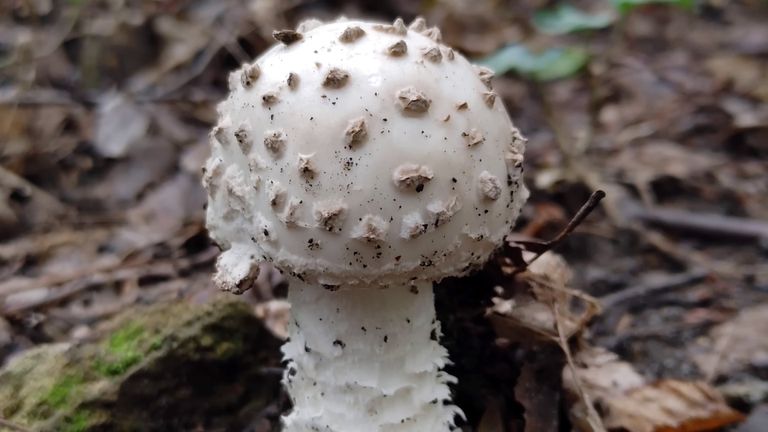
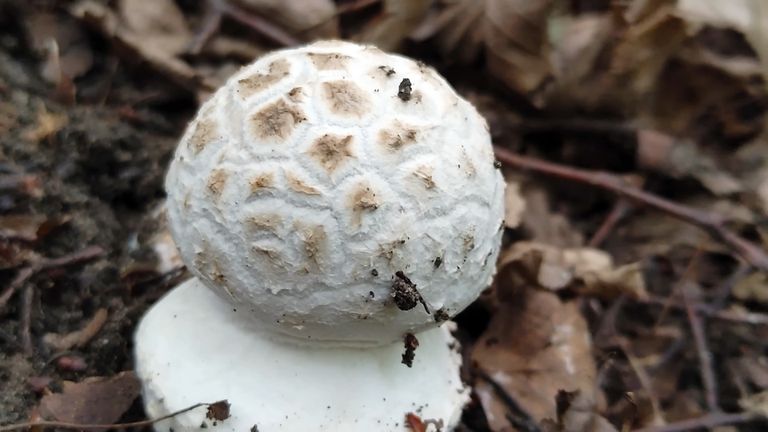
Many see poisonous substances in the dots that the fungus has on the hat. Nothing could be more wrong, because the dots on the hat are a fly agaric, most often the remains of the membrane from the vagina of a young fruiting body, which was torn into small hyphae during the growth of the fungus, and heavy rainfall can simply wash it away.
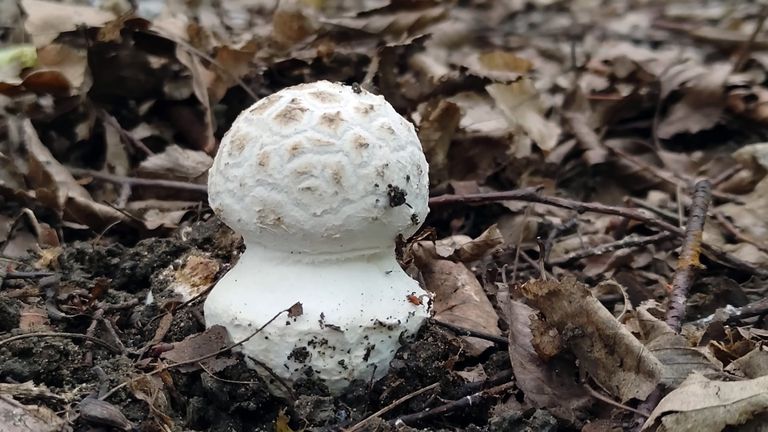
I recognize a mushroom and take it to the kitchen - It's a mistake!
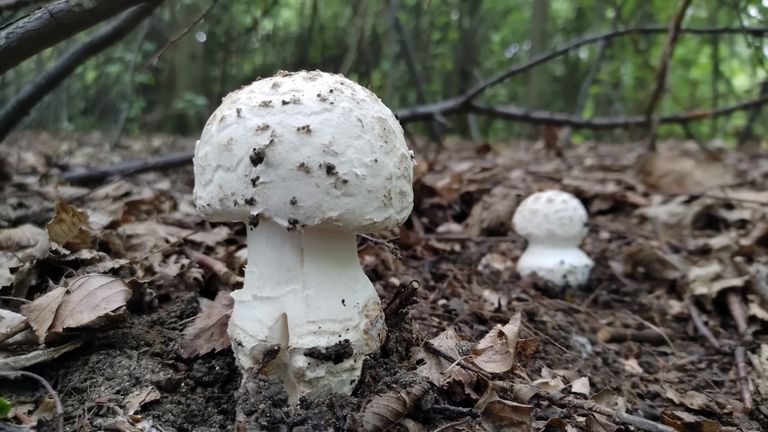
As with many species of mushrooms, I advise against sourcing them for culinary purposes without having 200 percent certainty that the mushroom is edible, or at least non-poisonous.
What does a Warted amanita look like?


The first and very important feature is the fact that the toadstool does not have the so-called sheath that the poisonous species of toadstool have. It has a massive, hard and full leg. The hat has characteristic protrusions, spikes resembling a pine cone. The smell of the flesh is mushroom, the taste is also slightly mushroom. The only toadstool with which we can confuse it is a highly poisonous toadstool, which, however, has a sheath, is white, but without appendages on the cap.
Culinary applications

We can prepare the mushroom in many ways. Marinate in a vinegar pickle like any other mushroom, or, for example, prepare with onion, butter in a pan.


The recipe is trivial. Clean the mushrooms, rinse and cut into slices if necessary. Peel the onion and dice it, then fry it in butter. Add the mushrooms, salt, pepper, a little soy sauce and stew for a few minutes. We serve it with fresh bread.

Enjoy 🤔
